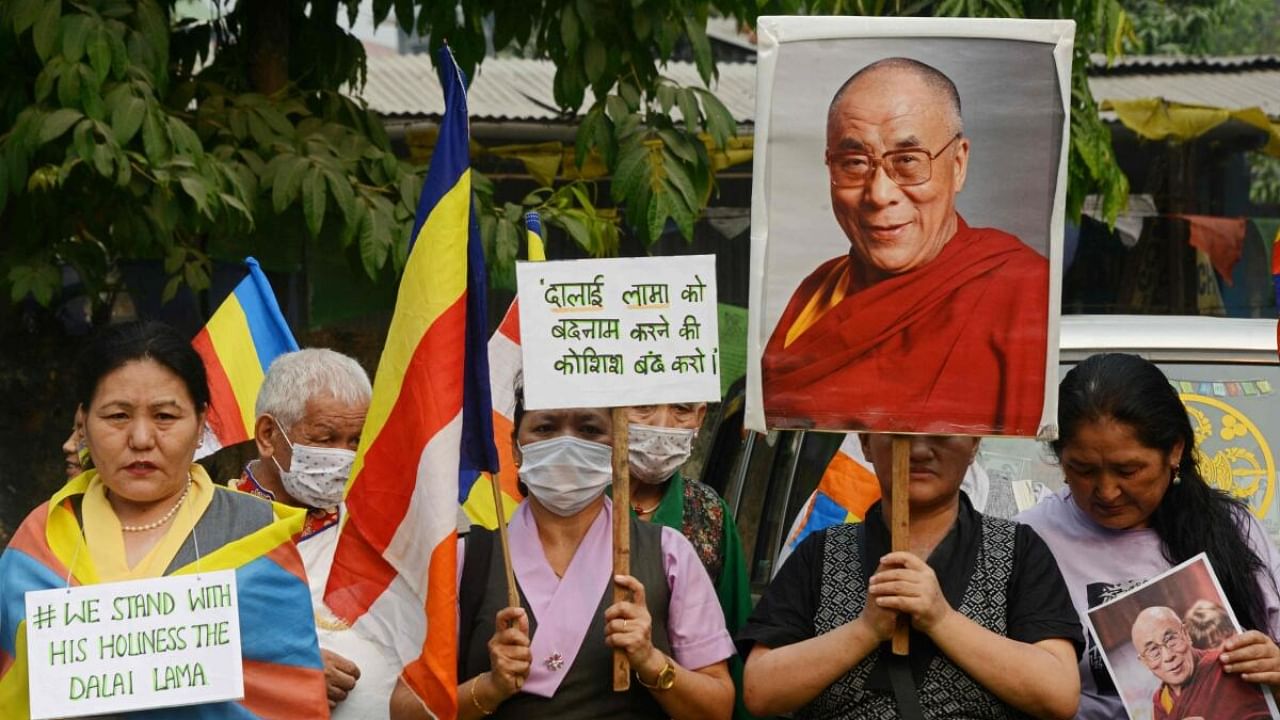
The International Buddhist Confederation (IBC), a body under the Union Ministry of Culture, organised a two-day conference, the first Global Buddhist Summit (GBS) on April 20 and 21. The conference originally planned to be held in 2020 had been postponed due to the Covid-19 pandemic.
Reviving Buddhist heritage and pilgrimage routes and places has been a major initiative by India in recent years. The IBC has been working on reviving lesser-known places related to Buddhism in India and Nepal — Buddhacarita (routes where Gautam Buddha travelled in his lifetime) is one such example.
Inaugurated by Prime Minister Narendra Modi, the summit also projected India’s efforts to revive Buddhist heritage as a sign of India’s centrality in the Buddhist world and as a protector of Buddha Dhamma. The two-day event involved parallel academic and sangha sessions which touched on broad themes of Buddhist pilgrimage, sustainability, peace and violence, problems Buddhist sanghas face in the contemporary world, and social welfare.
India’s reaching out to Buddhist monks and scholars has broader significance in its foreign policy, projection of its status, and particularly its efforts to counter China. While the IBC reached out to heads of major monasteries in Buddhist world, a crucial absence was China, which along with Pakistan, was part of the Shanghai Cooperation Organisation (SCO) conference organised by the IBC on shared Buddhist heritage in March.
As Asia becomes a battleground for influence, Buddhism has, in recent years, become a tool in Chinese foreign policy. China engages in Buddhist diplomacy for two broad set of reasons. One, Buddhism has been projected as a glue with countries such as Nepal where China has countered India’s status as the land of Buddha; Chinese projects in Lumbini are a case in point. In this sense, Buddhism works as a discursive and soft power space to engage with people at large in third countries and wean them away from India.
Two, Chinese engagement with Buddhist monasteries and populations at large in different countries is also aimed at countering the Dalai Lama and eliciting positive statements from such constituencies on China’s policies in Tibet and in the religious sphere. Sri Lanka is an example in this regard. Beijing has stepped up its engagement with Buddhist clergy and viharas on the island in recent years both to influence local politics as well as get influential monks to speak up in support of China — the Buddhist clergy is influential in Sri Lankan politics and a factor in the country’s fierce Sinhala nationalism.
Earlier this year, reports of a potential visit by the Dalai Lama to Sri Lanka had attracted fierce reactions from Chinese embassy in Colombo and consequent media outreach. Chinese Charge de Affairs Hu Wei visited the Malawata temple’s head monk in January to mobilise support against the Dalai Lama. In another example, the Sri Lanka-China Buddhist Friendship Association, which was established with the active help and funding of the Chinese embassy in Sri Lanka in 2015, has supported Chinese policies in Hong Kong.
The Dalai Lama’s presence at the IBC conference was, thus, significant, and more so after a controversial video earlier in April about his public interaction with a child. The uproar was seen as the result of a ploy by China to discredit and humiliate the Dalai Lama.
Although the event had been planned prior to the controversy, it served to rally all major monasteries and monks in the Buddhist world behind the Dalai Lama giving a subtle message to China that India will keep engaging with the Tibetans. It also gave a message to the Tibetan community and larger Buddhist community that India stands with the Dalai Lama and Buddhist followers. Another message seemed to be in the fact that the Taiwanese flags were put up in the conference hall and nearby areas during the summit.
However, by not arranging the Dalai Lama’s speech on the same day as Modi’s, the summit tried to make it less provocative to China, which was a reflection of continuing diffidence in New Delhi’s approaches to Beijing, and part of an existing policy of not playing up the Tibet issue beyond a point in the bilateral ties.
For now, though, if India follows through by implementing its plans on the ground, such summits as the IBC will certainly help India project itself as the centre of Buddhist world, and counter Chinese efforts to spread its influence through Buddhist diplomacy. Such summits also help communicate India’s stand on major issues of importance, such as the Russia-Ukraine war.
(Devendra Kumar is Associate Fellow, Centre for Himalayan Studies, Shiv Nadar Institution of Eminence, Delhi-NCR. Twitter: @DoctorDev)
(Disclaimer: The views expressed above are the author's own. They do not necessarily reflect the views of DH)